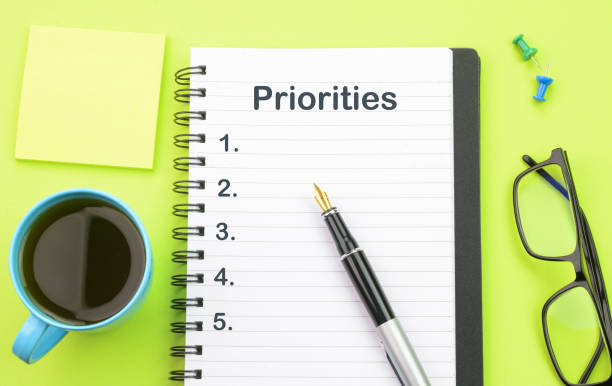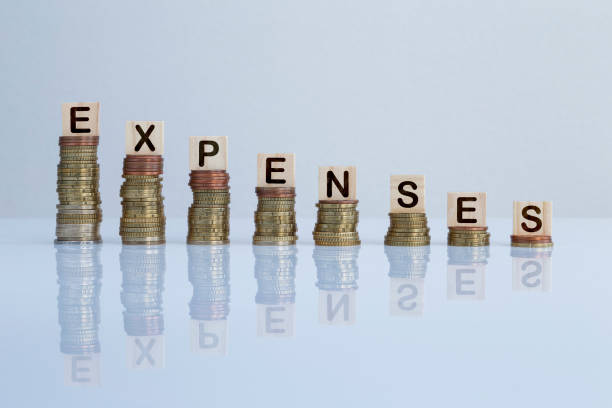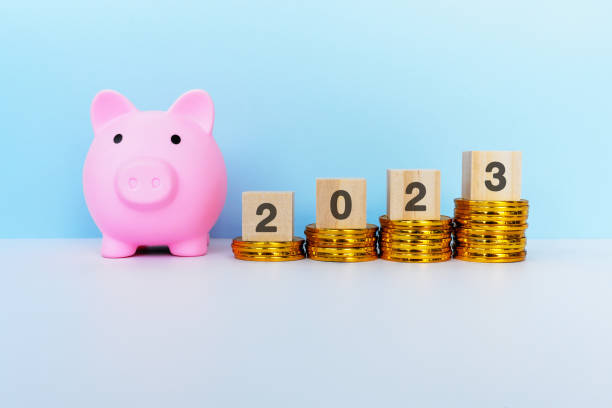
Introduction to Emergency Fund
An emergency fund is a critical part of any financial plan. It’s a safety net that provides you with the necessary funds to cover unexpected expenses, such as medical bills or car repairs, without having to rely on credit cards or loans. However, building an fund can be challenging, especially if you’re on a tight budget. In this blog post, we’ll provide you with ten tips on how to plan your fund.
1. Determine the size of your emergency fund
The first step in building an fund is to determine how much money you need to save. A good rule of thumb is to have at least three to six months’ worth of living expenses saved up. However, your ideal fund size may vary depending on your circumstances, such as your job security, family situation, and health.
2. Set a savings goal to increase wealth in emergency fund
Once you have determined the size of your fund, set a savings goal. Decide how much you want to save each month and work towards achieving that goal. A good way to stay motivated is to visualize what you’ll do with the money once you’ve saved enough.
3. Consider budgeting a priority

Building a fund should be a priority in your financial plan. Treat it as a bill and make sure you contribute to it every month. Consider automating your savings by setting up a direct deposit or automatic transfer from your checking account to your fund savings account.
4. Choose the right type of account for your funds
A high-yield savings account is a good option for your fund. It offers a higher interest rate than a traditional savings account, which means your money will grow faster. Also, make sure that the account is easily accessible, such as an online savings account. You want to be able to access your money quickly in case of an emergency.
5. Reduce expenses for saving funds

One way to save more money for your emergency fund is to reduce your expenses. Look for areas where you can cut back, such as eating out less, canceling unnecessary subscriptions, or negotiating lower bills. Every dollar saved can go towards your fund.
6. Create a budget to enhance wealth for emergency

Creating a budget can help you identify areas where you can cut back and increase your savings. List all your income and expenses, including discretionary spending, and track your spending to see where your money is going. A budget can help you stay on track with your savings goals and make adjustments as needed.
7. Use windfalls wisely
If you receive unexpected money, such as a tax refund or a bonus, use it to boost your emergency fund. Resist the urge to splurge and instead, deposit the money into your savings account.
8. Avoid using credit cards
Using credit cards to pay for unexpected expenses can be tempting, but it’s a trap. Credit card interest rates are high, which means you’ll end up paying more in the long run. Instead, use your emergency fund to cover the expenses and avoid going into debt.
9. Re-evaluate regularly
Your emergency fund needs may change over time, so it’s important to re-evaluate your savings goals regularly. For example, if you have a new baby, your emergency fund size may need to be larger. Or if you have paid off your debts, you may be able to reduce your savings goal.
10. Celebrate your progress
Building an emergency fund can take time, so it’s important to celebrate your progress along the way. Set milestones and reward yourself when you reach them. This can help keep you motivated and focused on your savings goals.
Conclusion
An emergency fund is a crucial part of any financial plan. By following these ten tips, you can build a strong safety net to cover unexpected expenses and avoid going into debt. Remember, building an emergency fund takes time, so be patient and stay focused on your


